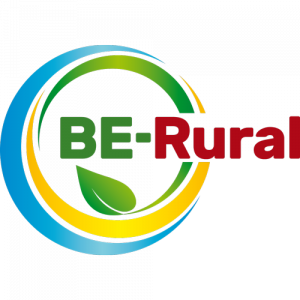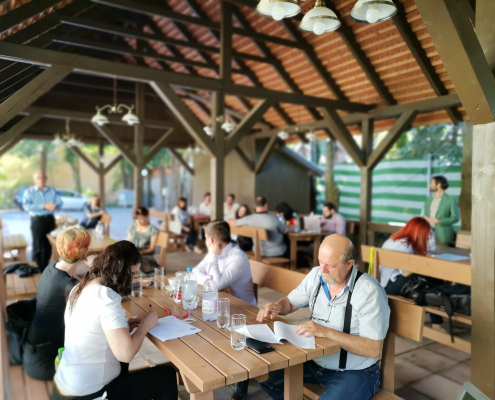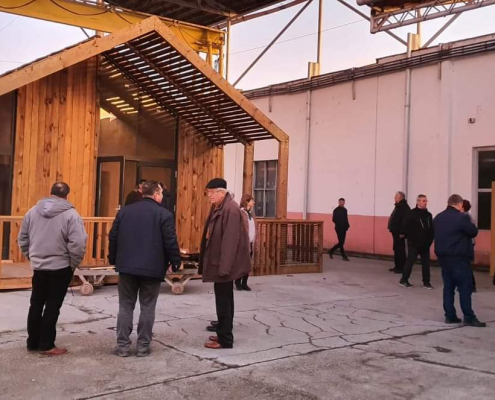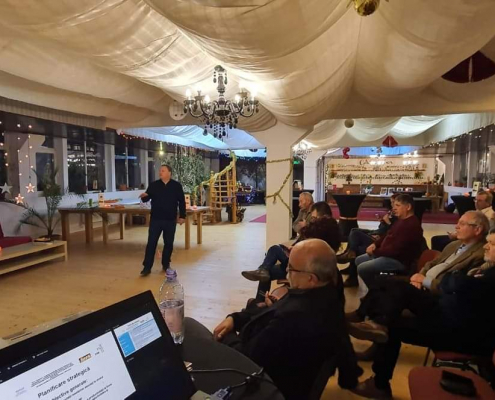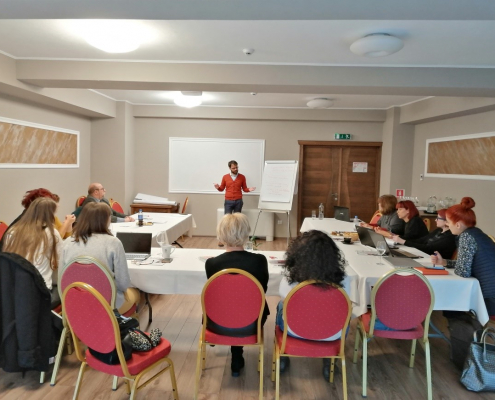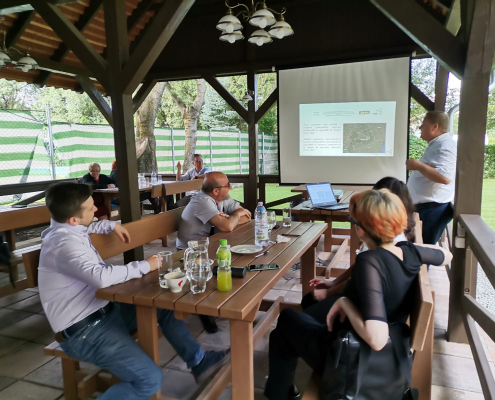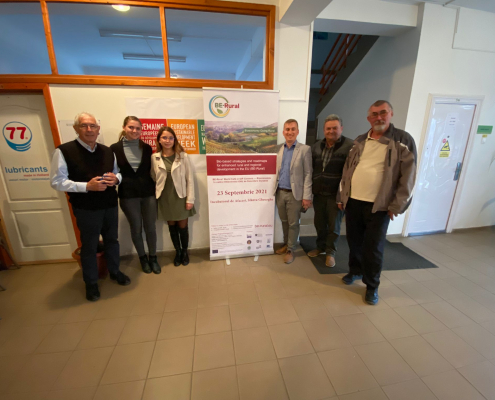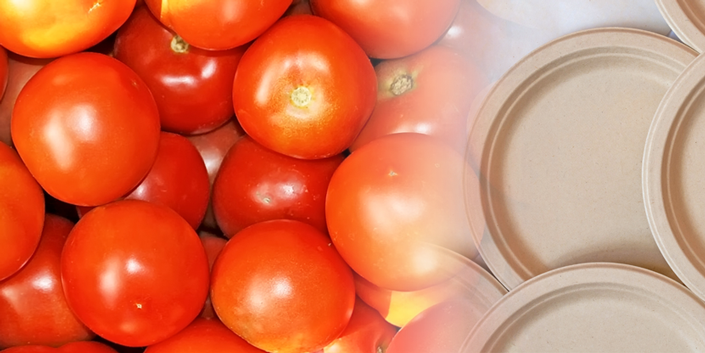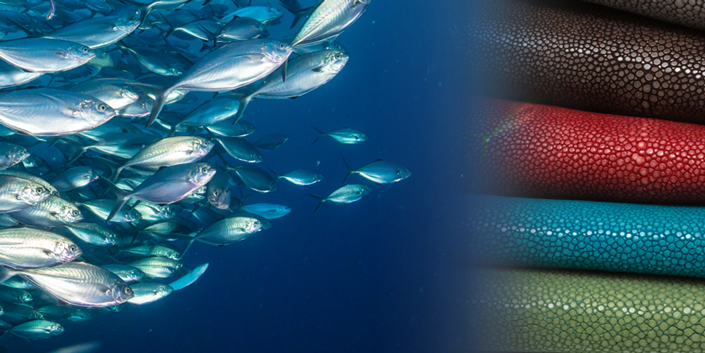Covasna County, located in Transylvania, bordered on the east by the Eastern Carpathians, and part of the Central Region of Romania, is the county of mineral waters (Valcele, Perla Covasnei, Bodoc, Biborteni, Sugas, Malnas etc). Carbon dioxide deposits are used in the spa resorts of Covasna County in the treatment of digestive diseases, nutritional diseases and cardiovascular diseases. For this reason, the bases of the Tranylvania Regional Balneotourism Cluster were placed in Covasna County, which gradually exceeded the county’s borders, becoming active in the Centru Region.
Covasna is also a county of woods. Located in the Carpathians, more than half of the county’s surface is covered in forest. With the PRO WOOD regional cluster, the region has its own cluster in the wood processing and furniture sector. Further opportunities lie in the use of wood waste for green energy.
The identification of innovative solutions in the field of renewable energies is the objective of another cluster in the region, namely the Green Energy Romanian Innovative Biomass Cluster. The activities carried out by this cluster specifically focus on obtaining and capitalizing on biomass as a source of renewable energy.
Aspects of the circular economy in Covasna County are also on the agenda of companies in the textile industry. For example, the Transylvania Textile & Fashion Cluster seeks creative solutions for the reintroduction of textile waste in the value chain, according to Sustainable Development Objective 12 – Responsible consumption and production.
In addition, Covasna has established itself on the market of traditional agri-food products, spurring the development of the Regional Cluster of Products and Food Industry – AgroFood (AgroFood Regional Cluster Covasna County). The cluster’s concern for strengthening value chains in agriculture and the food industry contributes to the creation of a regional brand of nationally and internationally known agricultural and agri-food products.
Building on existing partnerships and clusters, there is still a large potential to further develop the industry and use regional resources sustainably and more efficiently.
The BE-Rural team focuses on addressing fragmented value chains and on the question of how to implement the circular bio-based economy concept within the county’s industrial sectors (i.e. wood and furniture, textiles, agro-food, mechanical engineering, green energy). Another focus point: the development of underused biomass, such as plant matter, wood waste and its implication on societal challenges (e.g., rural unemployment or marginalized communities).
National and regional bioeconomy strategies
Romania does not have a national bioeconomy strategy, but bioeconomy development is mentioned in the “Smart Specialization Strategy of Region Centru for the period 2014-2020. Centru’s RIS3 (2021 – 2027), addresses 5 cross-sectoral themes, including the theme of sustainable economy, with the following three subdivisions: a) collaborative economy, b) circular economy, c) Local value chains. In addition, references to the bioeconomy are made in the Regional Development Plan of the Region Centru 2021 – 2027. This cross-sectoral regional trend is in line with national efforts, in which several government institutions are getting involved, such as the Department of Sustainable Development, Ministry of Agriculture, Ministry of Environment and Ministry of Economy.
